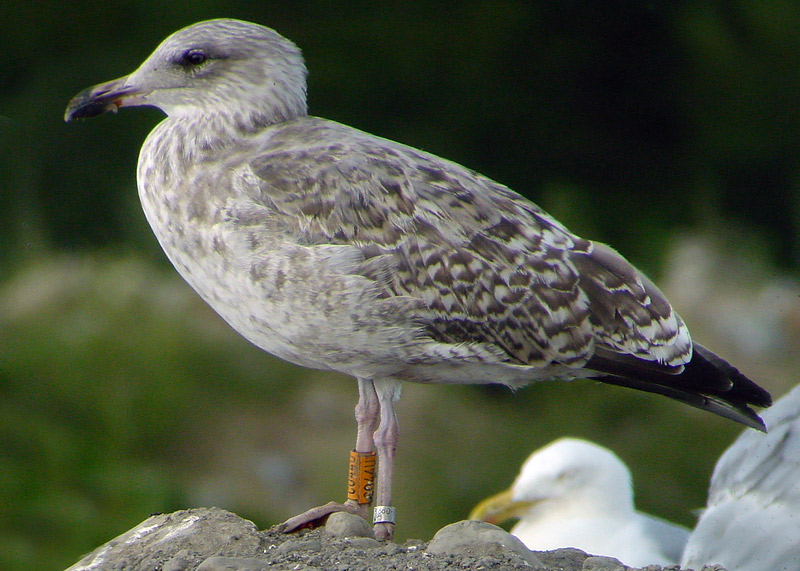 Herring Gull- Zilvermeeuw (argentatus & argenteus)
Herring Gull- Zilvermeeuw (argentatus & argenteus)
(last update:
Herring Gull plumages:
hg 1cy July
hg 1cy August
hg 1cy September
hg 1cy October
hg 1cy November
hg 1cy December
hg 2cy January
hg 2cy February
hg 2cy March
hg 2cy April
hg 2cy May
hg 2cy June
hg 2cy July
hg 2cy August
hg 2cy September
hg 2cy October
hg 2cy November
hg 2cy December
hg 3cy January
hg 3cy February
hg 3cy March
hg 3cy April
hg 3cy May
hg 3cy June
hg 3cy July
hg 3cy August
hg 3cy September
hg 3cy October
hg 3cy November
hg 3cy December
hg sub-ad January
hg sub-ad February
hg sub-ad March
hg sub-ad April
hg sub-ad May
hg sub-ad June
hg sub-ad July
hg sub-ad August
hg sub-ad September
hg sub-ad October
hg sub-ad November
hg sub-ad December
hg ad January
hg ad February
hg ad March
hg ad April
hg ad May
hg ad June
hg ad July
hg ad August
hg ad September
hg ad October
hg ad November
hg ad December
|
Herring Gull C044U 2cy (argentatus), August 09 2002, Tampere, Finland (61.31N,23.43E). A 2cy argentatus, ringed orange
C044U as pullus on July 06 2001 in Tampere, Finland (61.31N,23.43E). The complete moult is well underway with
most wing-coverts and the inner primaries moulted to second generation.
All juvenile primary have been dropped. P1-P7 are fully
grown second generation flight-feathers and P8 is already reaching at the
length of P6. By August, the warm brown tones of the first moulted
wing-coverts (inner greater coverts and median coverts) are faded to
plain white, leaving a contrasting barred pattern on the wing-coverts. On
average, 2cy argentatus is more contrastingly patterned than same
aged 2cy argenteus, especially regarding the pattern on the central
greater coverts. However, some argentatus are distinct "washed
out" brown, showing the common vermiculated pattern of 2cy argenteus. In the table below, the primary moult scores of 2cy August argentatus in Finland can be read:
|
||||||||||||||||||||||||||||||||||||||||||
